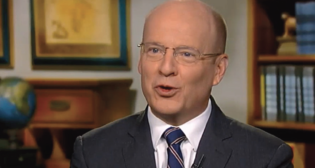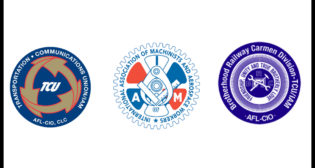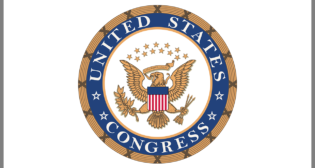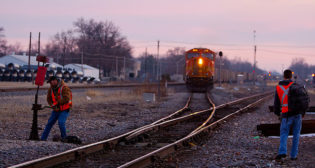
Rail Labor’s Risky Gambit
“Biden stabs unions and workers in the back,” shouted a headline describing rail labor’s reaction following the President’s Dec. 2 signing into law of a congressional resolution (H.J. Res. 100) imposing on

“Biden stabs unions and workers in the back,” shouted a headline describing rail labor’s reaction following the President’s Dec. 2 signing into law of a congressional resolution (H.J. Res. 100) imposing on

If tentative wages, benefits and work rules agreements reached between rail labor unions and most Class I railroads (and many smaller ones) fail to be ratified by union members in coming weeks, might leadership of those unions override a majority “no” vote and unilaterally impose the tentative agreement or, alternatively, submit it to binding arbitration rather than pursue further collective bargaining or authorize a strike?

American Short Line and Regional Railroad Association (ASLRRA) President Chuck Baker on Sept. 10 sent a letter to Congressional leadership outlining the impact of a freight rail strike on the U.S. transportation network and the economy and urged Congress to “immediately step in and avert a system shutdown by legislatively implementing Presidential Emergency Board (PEB) recommendations,” should a voluntary agreement not be reached by the end of the Railway Labor Act (RLA) mandated “cooling off’ period on Sept. 15.

Two weeks after Presidential Emergency Board 250 issued its recommendations on the stalled contract negotiations between 12 rail labor unions and the carriers, the International Association of Machinists and Aerospace Workers (IAM) Rail Division has reached a tentative agreement with the National Carriers’ Conference Committee (NCCC), which represents most U.S. Class I freight railroads in national collective bargaining.

With release Aug. 16 of non-binding Presidential Emergency Board (PEB) recommendations for voluntary settlement of a 31-month simmering labor-management dispute over amending national wage, benefits and work rules contracts on most Class I and many smaller freight railroads, the question is, “What next?”

With the clock ticking toward a national rail shutdown, Frank Wilner has provided a thorough analysis of the elaborate processes and deadlines mandated by Congress in the Railway Labor Act, 45 USC §151

President Joe Biden on Sunday, July 17, named the three members of Presidential Emergency Board (PEB) No. 250 that will make non-binding recommendations in the now more than 2½ year old dispute

The heated rhetoric surrounding the impasse that national rail labor contract negotiations appears to have reached—and the threat of a strike leading to an economy-crippling rail network shutdown—shows little signs of cooling down.

It is more than two years since the rail industry’s 12 labor unions and management (representing most Class I railroads and some smaller ones) commenced bargaining to amend contracts defining wages, benefits and work rules.

As the Surface Transportation Board (STB), Federal Maritime Commission and Department of Transportation struggle to ease a problematic supply chain crisis, pressure is mounting on the National Mediation Board (NMB) to prevent a nationwide railroad work stoppage by guiding rail labor and management to a voluntarily negotiated agreement to amend union-member wages, benefits and work rules.